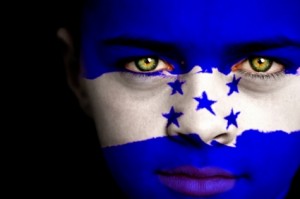
The Atlantic and Caribbean coasts were settled by black people. The Garifuna, were English speakers whose origins came from the English in the north of the country in the middle of the eighteenth century.
The presence of slaves from Africa can be explained by the demand for labor.
This made the country rich in terms of diversity. It is a multiethnic, multicultural and multilingual country. The official language is Spanish, but English Garifuna and various indigenous languages are also spoken.
Ethnic groups and languages spoken:
• Spanish: The country’s official language.
• Garifunas: A mixture of African slaves and Amerindians (Caribbean Indians), they speak Caribbean languages and Garifuna.
• Isleños (Islanders): As the name suggests,they are the island inhabitants and they speak the Creole English that came from the English and Irish pirates that inhabited these areas after the arrival of Christopher Columbus.
• Chortís: They spoke Chol and those that still exist adapted to speak Spanish.
• Lencas: Their language is considered extinct.
• Miskitos: Miskito language.
• Sumos and Tawahkas: Tawahka language, very similar to the Miskito language.
• Xicaques
• Payas
There is the influence of regional words and terms, especially with the conservation of certain letters and sounds from indigenous languages, such as the predominance of the letter “x”, which is repeated in all of the languages and derived from the Mayan and Aztec cultures. It can be pronounced as “sh” or “j” depending on the region and the words they use, as well as if you are at the beginning or end of a word.





